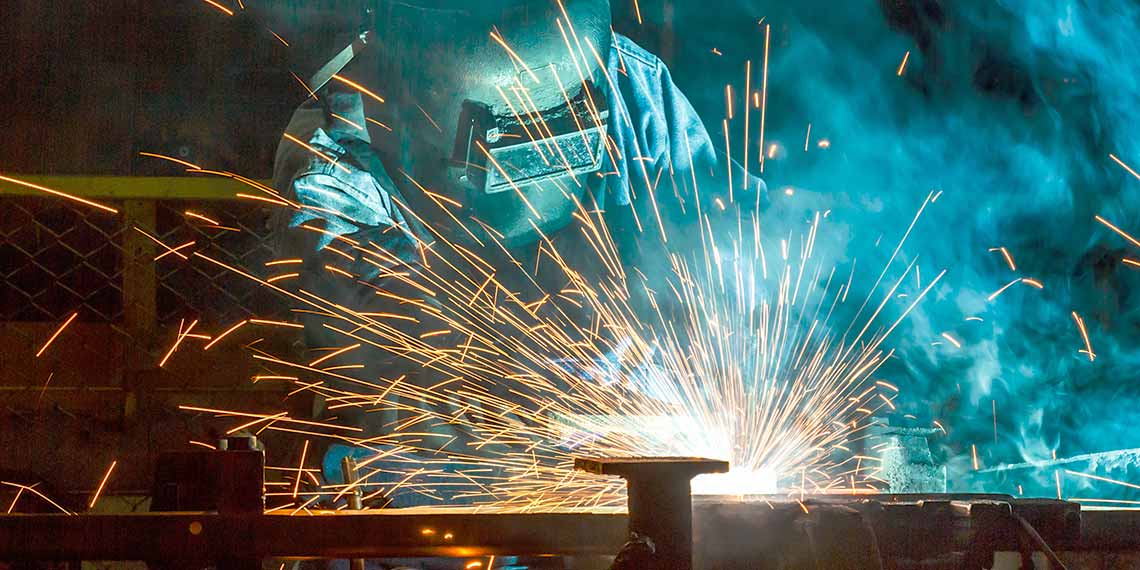Programme Title
CSWIP 3.0 Visual Welding Inspector – Level 1
Target Industry
Oil and Gas Industry,Power (nuclear, fossil, renewables), Aerospace, Construction, Automotive
Target Group
Malaysians old who have a keen interest to improve themselves further. It is an upgrading / up skilling program designed specifically for the oil and gas industry.
The ideal targeted scholars for this Program will be Malaysian graduates with a bachelor degree in engineering or equivalent, graduates with a diploma in engineering or equivalent or those without degree / diploma but having more than 2 years of working experience in the related field from around the country
Course Content/Outline
The training contents will be delivered using a number of different methods, tailored specifically to the type of information being delivered and the type of interaction best suited to the content.
| CSWIP 3.0 COURSE OVERVIEW | Suitable for: Welders, operators, line inspectors and foremen who undertake visual examination of welded joints; quality control staff associated with welding; all staff who need basic training in welding inspection coupled with a qualification in this field. Course Content: This welding inspection course covers: visual inspection procedures; relevant codes of practice, terms and definitions; welding processes and typical welding defects; weld measurements; typical documentation and requirements; practical inspection and reporting. Certification/Awarding Body: Course Objectives:- To identify various weld imperfections (defects)
- To understand the relevant welding technology related to visual inspection
- To understand the need for documentation in welding
- To be aware of codes and standards related to inspection requirements
- To carry out inspection of parent materials and consumables
- To carry out visual inspection of welds, report on them and assess their compliance with specified acceptance criteria
- To pass the CSWIP 3.0 Visual Welding Inspector qualification.
|
This welding inspection course covers: visual inspection procedures; relevant codes of practice, terms and definitions; welding processes and typical welding defects; weld measurements; typical documentation and requirements; practical inspection and reporting. Please refer to
Appendix C
Skill Area
Welding, Inspection
Certification Body
Certification/Awarding Body: CSWIP – Certification of competence for critical engineering occupations CSWIP is an internationally recognized mark of competence for people engaged in welding and inspection related jobs in manufacturing, constructing, operating or repairing high integrity welded structures, plant or components. It is a world leader in its field with over 15,000 certified individuals worldwide. All CSWIP Schemes are developed by an industry stakeholder group All CSWIP Schemes are operated under the direction of a Management Committee of industry representatives All CSWIP training courses and examinations are reviewed, assessed and approved by industry experts Industry specified/Industry managed:
Competence assessment – Competences specified for role or scope of work – Access conditions – Examination
Competence verification – Compliance verification (education, training, skills and experience) – Surveillance
Competence assurance – Periodic renewal – currency & recency – Code of conduct – Continuing Professional Development (CPD) CSWIP Approved Training Competent Instructors and Invigilators Industry approved courses and examinations Audited processes and venues Regular performance review and updating CSWIP Certification of Welding Inspection Personnel CSWIP 3.0 Visual Welding Inspector, 3.1 Welding Inspector, and 3.2 Senior Welding Inspector: International ‘Best Practice’ in personnel certification Experience exceeding 40 years in delivering competence assurance to industry Universally respected by specifiers, employers, individuals, and customers *(Please refer to
Attachment D1 for Certification Appointment Letter & Attachment D2 for Sample Certificate)
Duration
1 week
Methodology
This training delivery includes lecture, group discussion, practical exercises and slide presentation.

